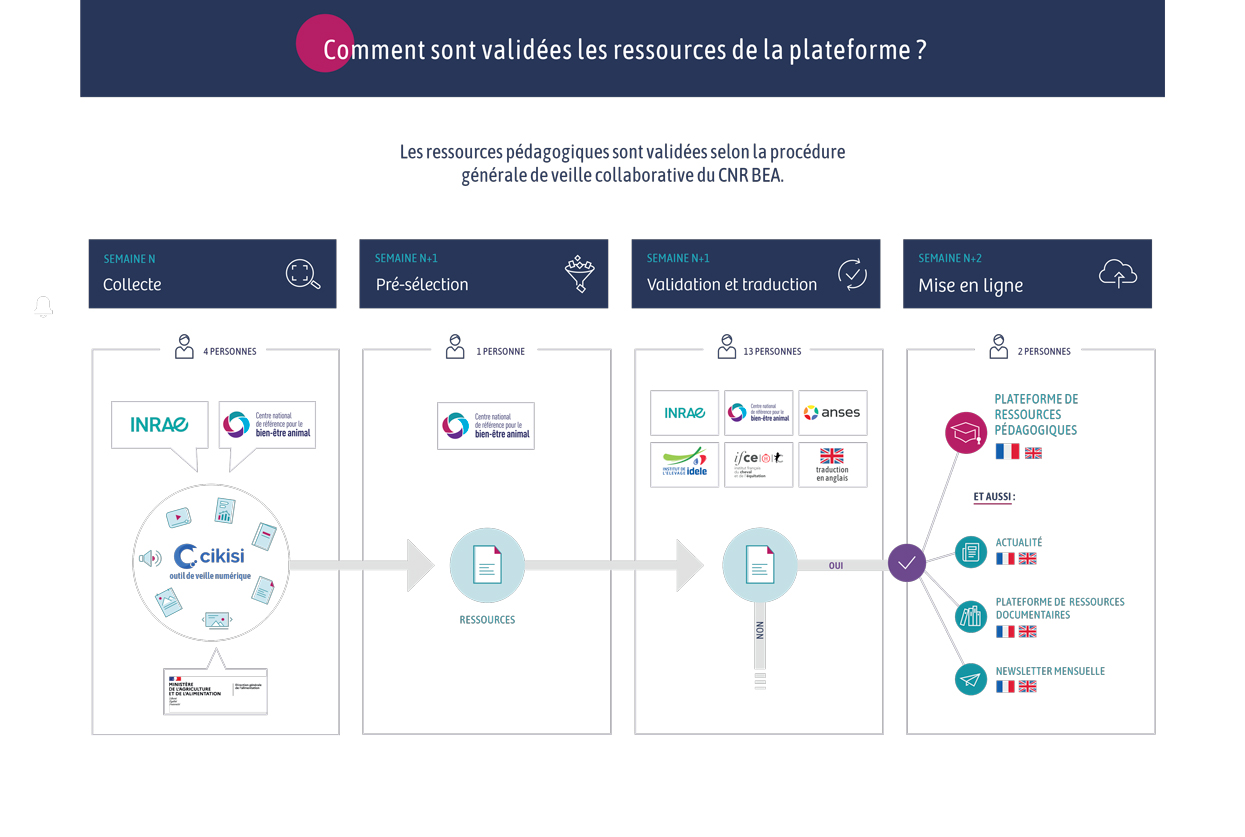Document type: Scientific review published in Animals
Authors: Ulrike Auer, Zsofia Kelemen, Veronika Engl, Florien Jenner
Preview: Horses' behavior can provide valuable insight into their subjective state and is thus a good indicator of welfare. However, its complexity requires objective, quantifiable, and unambiguous evidence-based assessment criteria. As healthy, stress-free horses exhibit a highly repetitive daily routine, temporal quantification of their behavioral activities (time budget analysis) can assist in equine welfare assessment. Therefore, the present systematic review aimed to provide an up-to-date analysis of equine time budget studies. A review of the literature yielded 12 papers that fulfilled the inclusion criteria: assessment of equine time budgets for eating, resting and movement for a minimum of 24 continuous hours. A total of 144 horses (1-27 years old), 59 semi-feral and 85 domesticated horses, are included in this review. The 24 h time budgets for foraging or eating (10%-66.6%), resting (8.1%-66%), lying (2.7%-27.3%), and locomotion (0.015%-19.1%) showed large variance between studies, which can largely be attributed to differences in age and environmental conditions. Management interventions in domesticated horses (ad libitum access to food, increased space, decreased population density) resulted in time budgets similar to their (semi-)feral conspecifics, emphasizing the importance of environmental conditions and the ability of time budgets to assist in monitoring horses' welfare.






